I think it’s finally beginning to sink in that I work in a national forest. I’ve had a lot of jobs in my lifetime. Many of them were less than noteworthy- like the fast food places I worked at in high school. Others, I really enjoyed, like the ones related to my degree that I had in college. Perhaps the best of those, was the job I had working at the Crop Physiology Laboratory for my university. I have always enjoyed being in the lab, and in the greenhouses. But nothing compares to the national forest. It’s my favorite office I’ve had so far. Sure, sometimes it can be quite a walk to the nearest coffee machine, and the bathrooms aren’t always stocked with all of the amenities that one typically requires, but the views are spectacular- better than all of the high rise offices in New York City, no doubt.
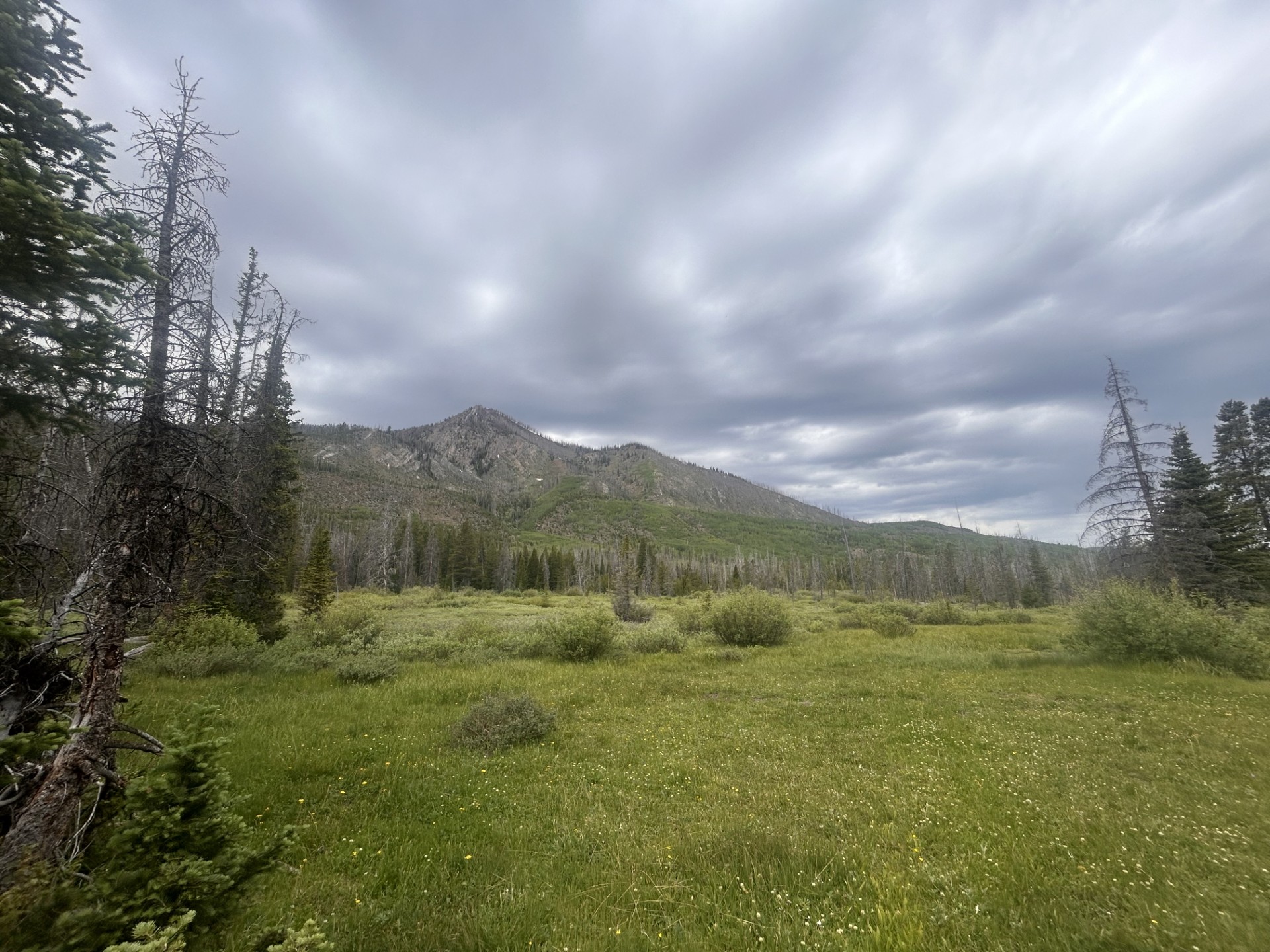
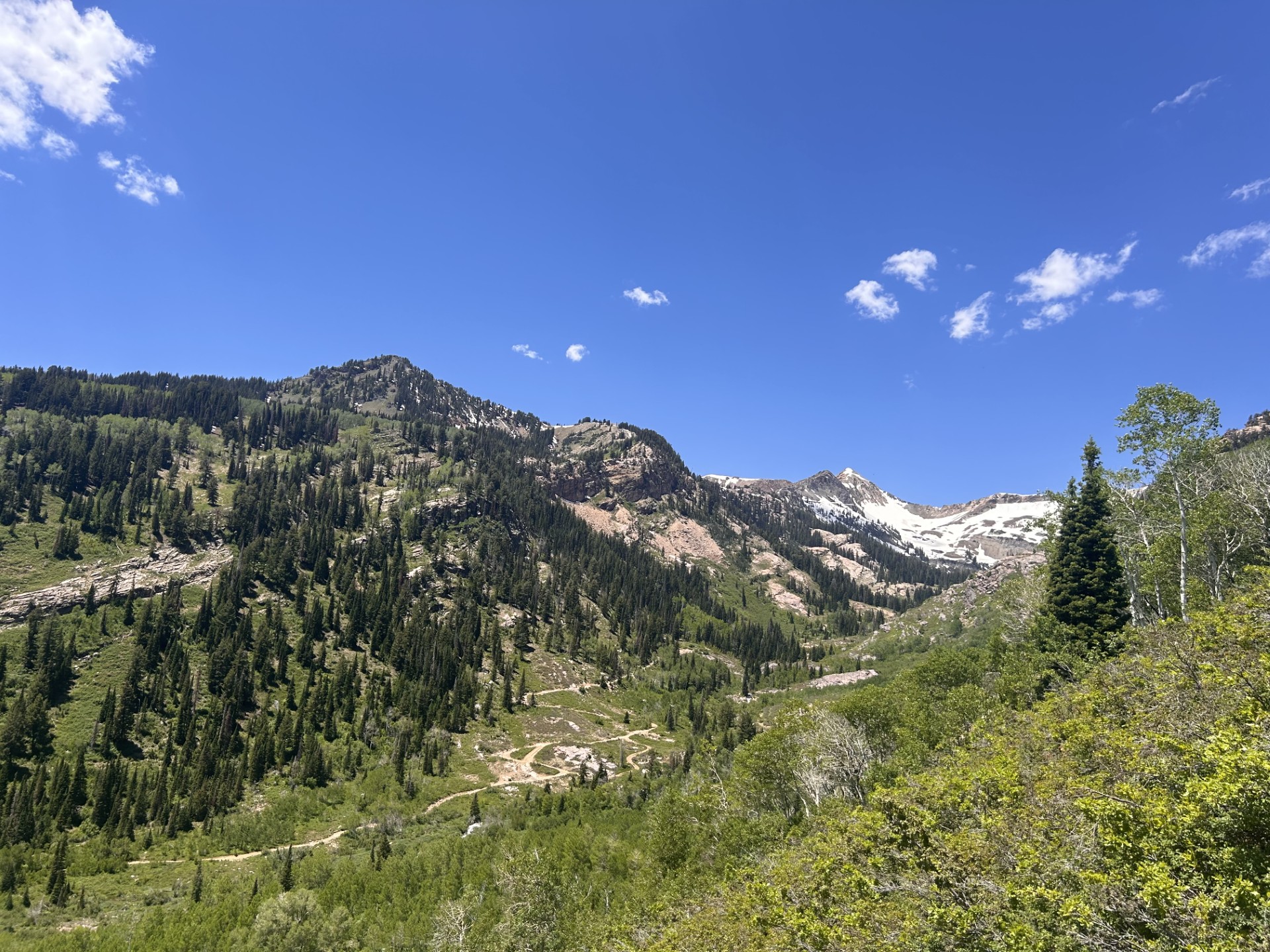
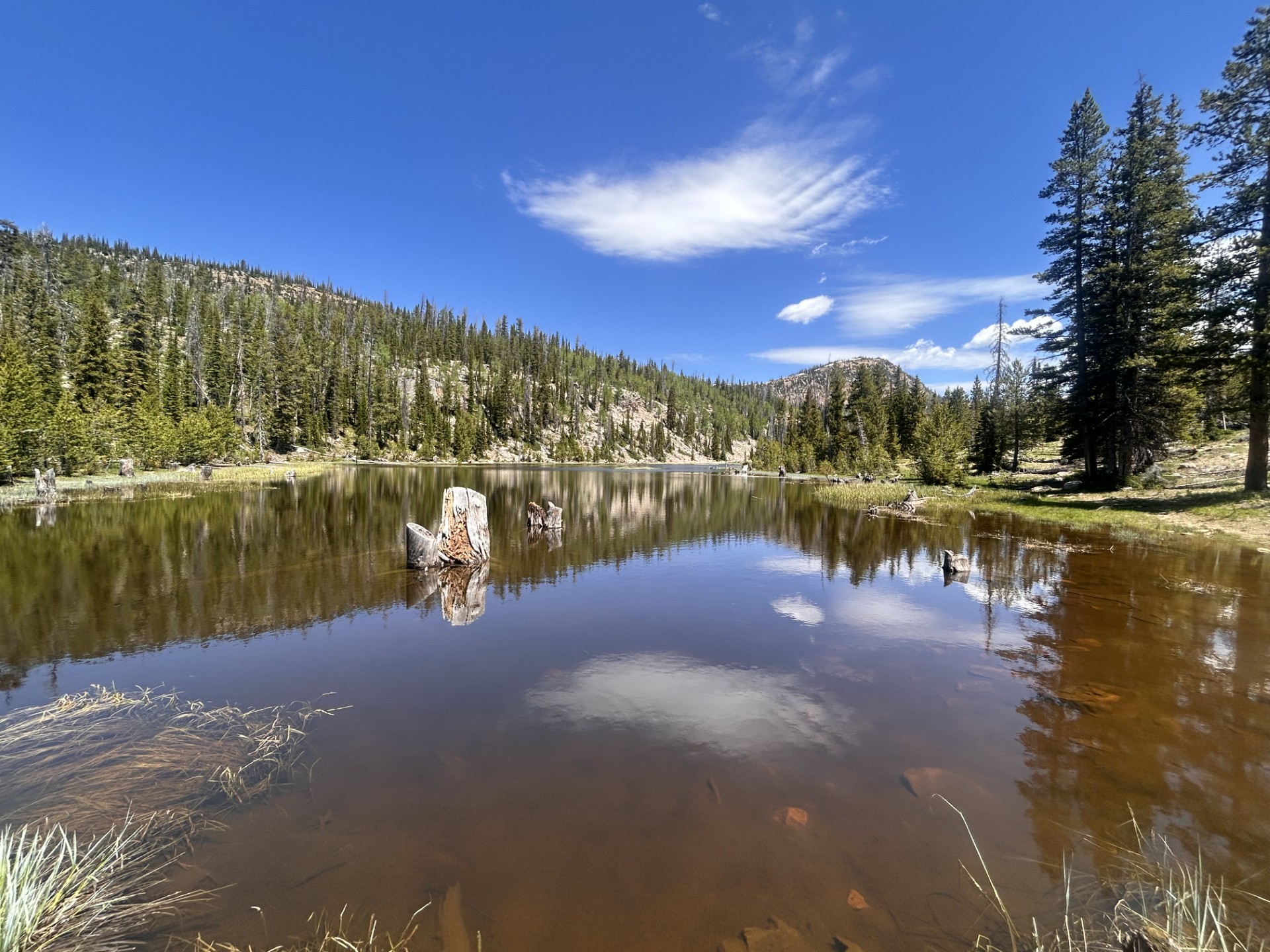
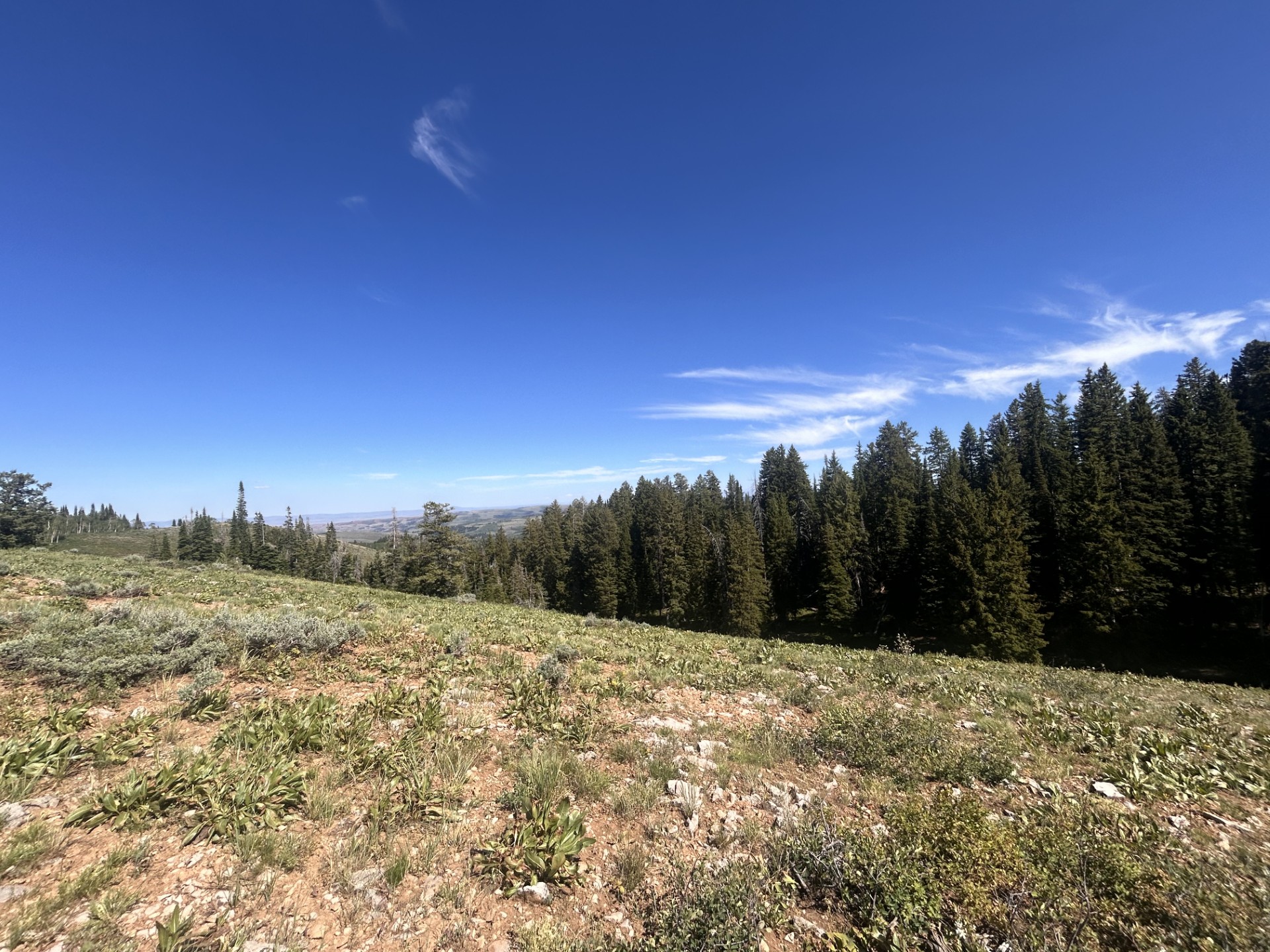
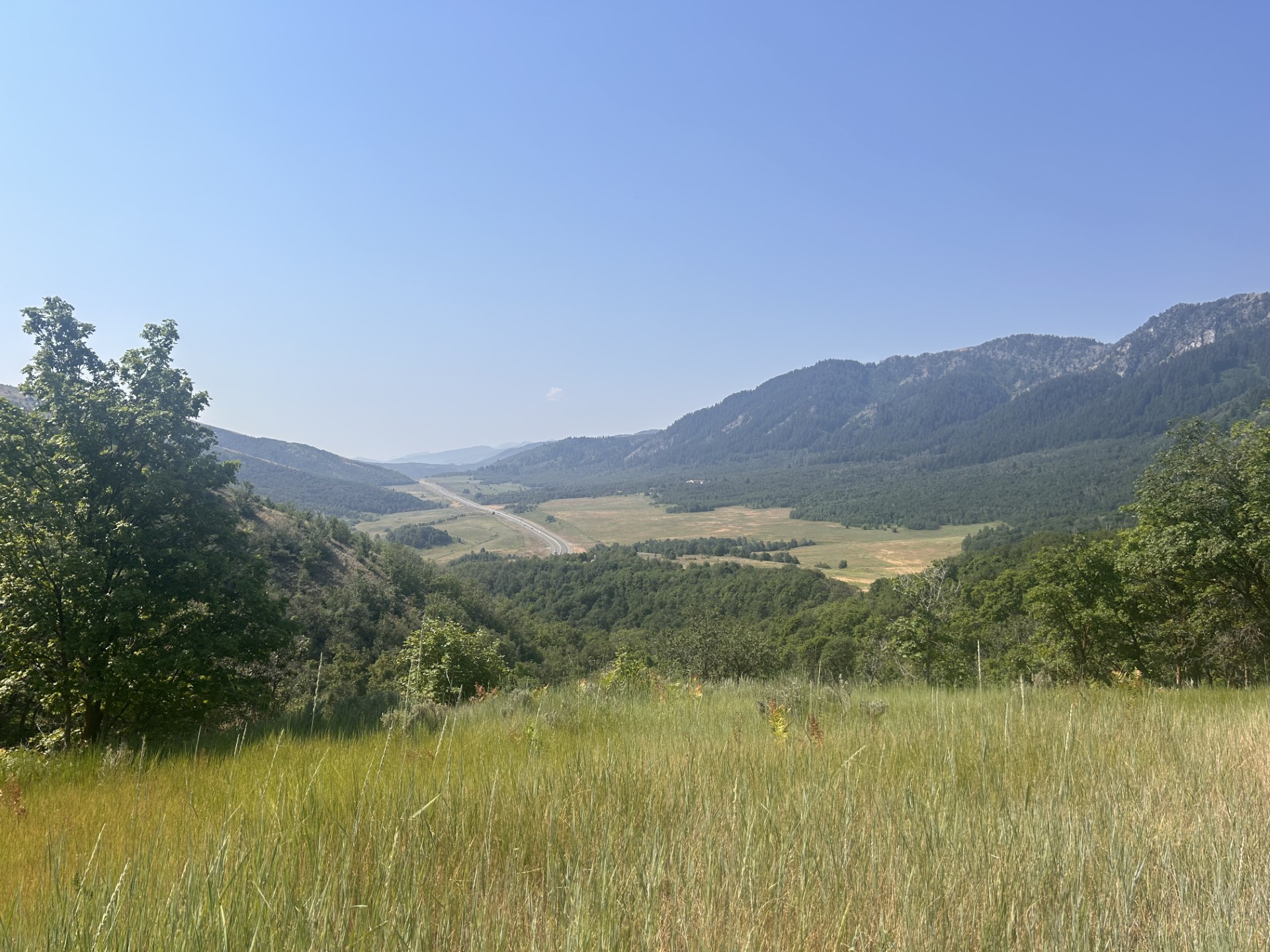
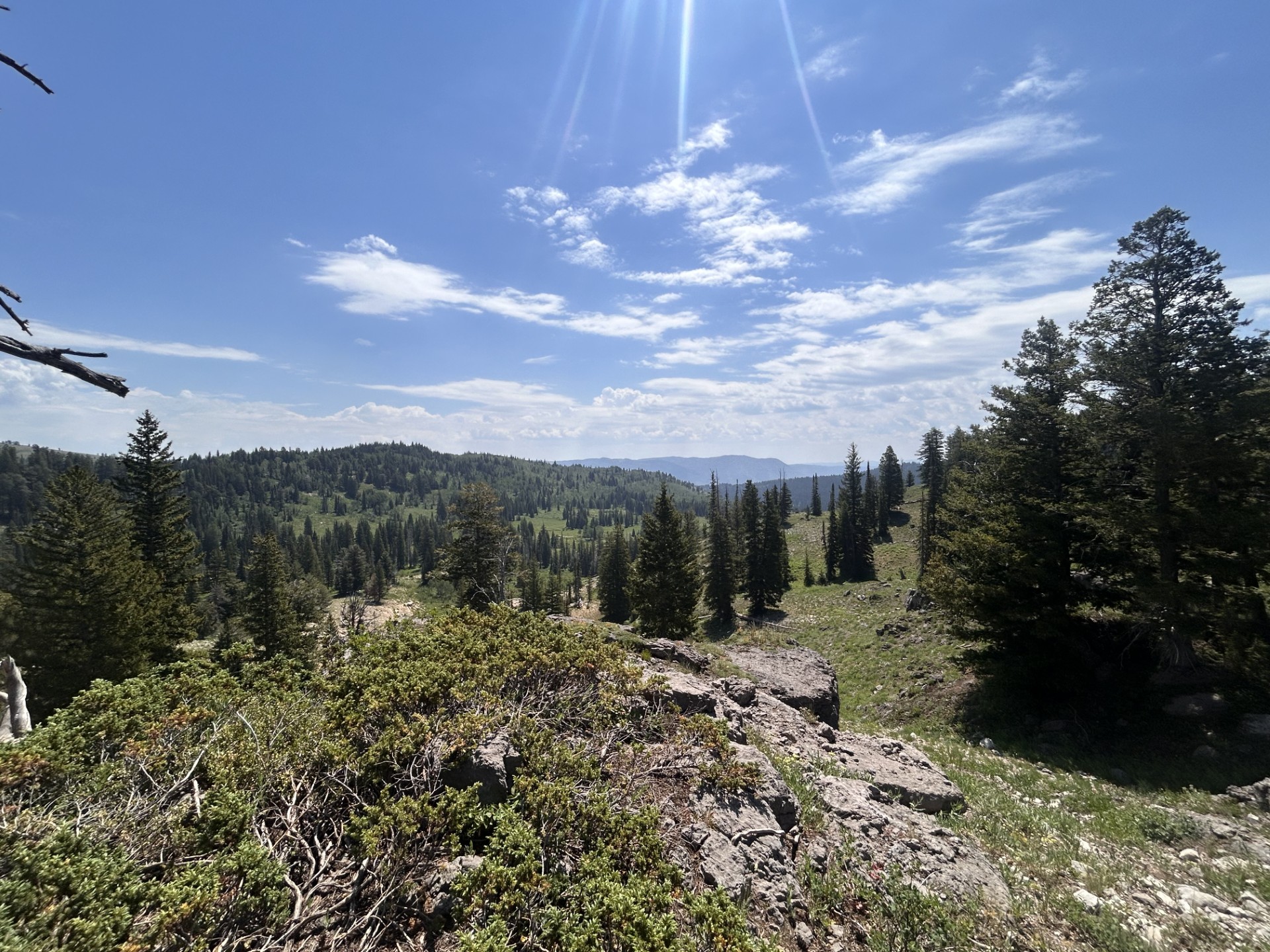
Things are going really well here around the office. We’ve been able to get quite a bit done the last couple of weeks. At this point, I find myself wishing that the seeds would ripen faster. We are adding to our queue of harvestable populations faster than we can harvest them. Most of this is attributed to the fact that many of our species will not set seed until late summer. So we wait, and scout for more populations, and wait more. Certainly, we will be very busy with seed collecting once early fall rolls around.
Luckily, there are a few species that we have been able to harvest from this early in the season. There is nothing more satisfying than harvesting seed from a population that you have been monitoring. It’s so rewarding seeing the process from beginning to end: scouting the population, counting it, mapping it, photographing it, doing return visits on it, and then finally, when the time is right, harvesting it.
Last week, we collected again from a Lomatium dissectum species that we found our first day out in the field. We had monitored it for weeks. While we were happy that we were able to get seed, we were a little disappointed that we hadn’t found more harvestable populations of this species before they set seed. This particular plant matures and sets seed quite rapidly and early in the season. Luckily, before we were able to get too down in the dumps about it, we discovered the magic of higher elevation.
We knew of course that plants at higher elevations experience cold temperatures later into the year, and thus take longer to germinate, sprout and set seed than plants at lower elevations. But we hadn’t considered this in the context of seed collection. Not until we came across a huge, and still very much blooming population of Lomatium dissectum in one of the highest elevation areas on our forest. It felt like a second chance! This particular population appears to be months behind the population that we harvested last week. We will get to harvest more Lomatium dissectum after all!
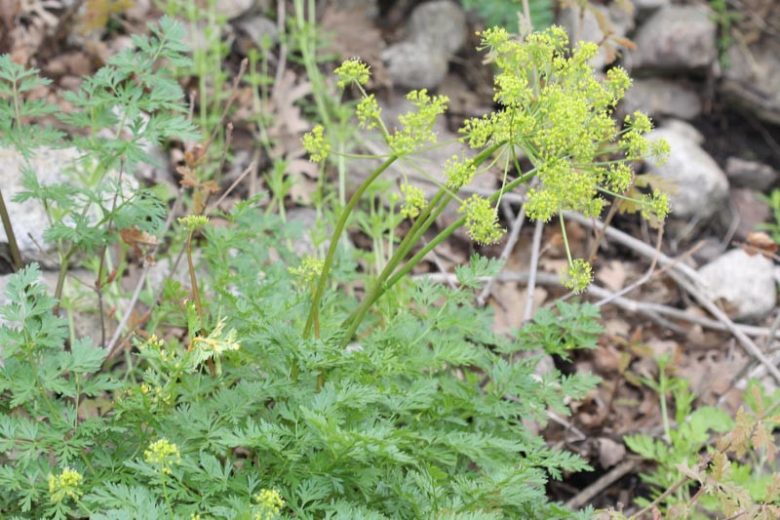
Life is good. The forest is beautiful. Seeds are coming!
